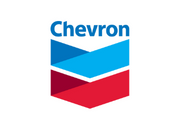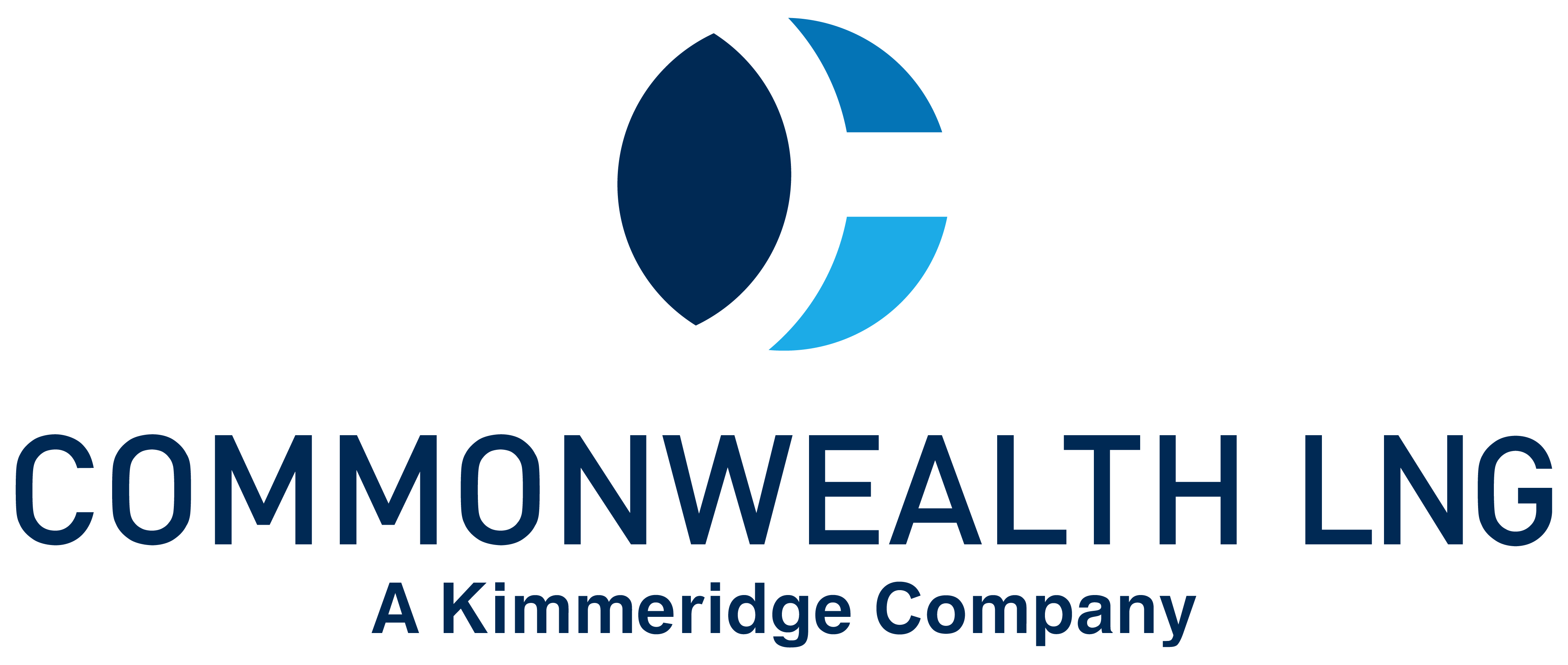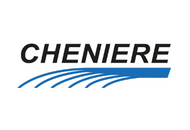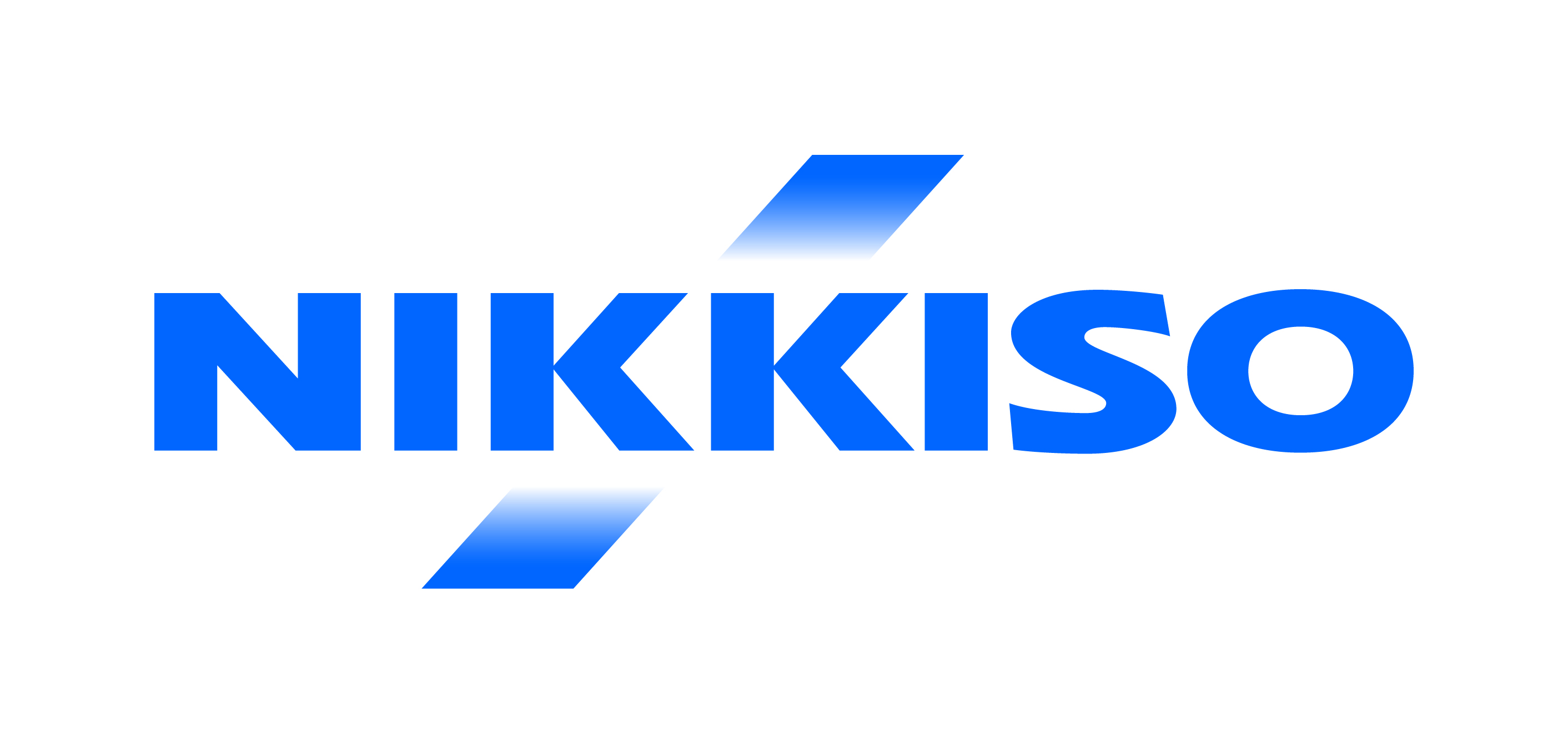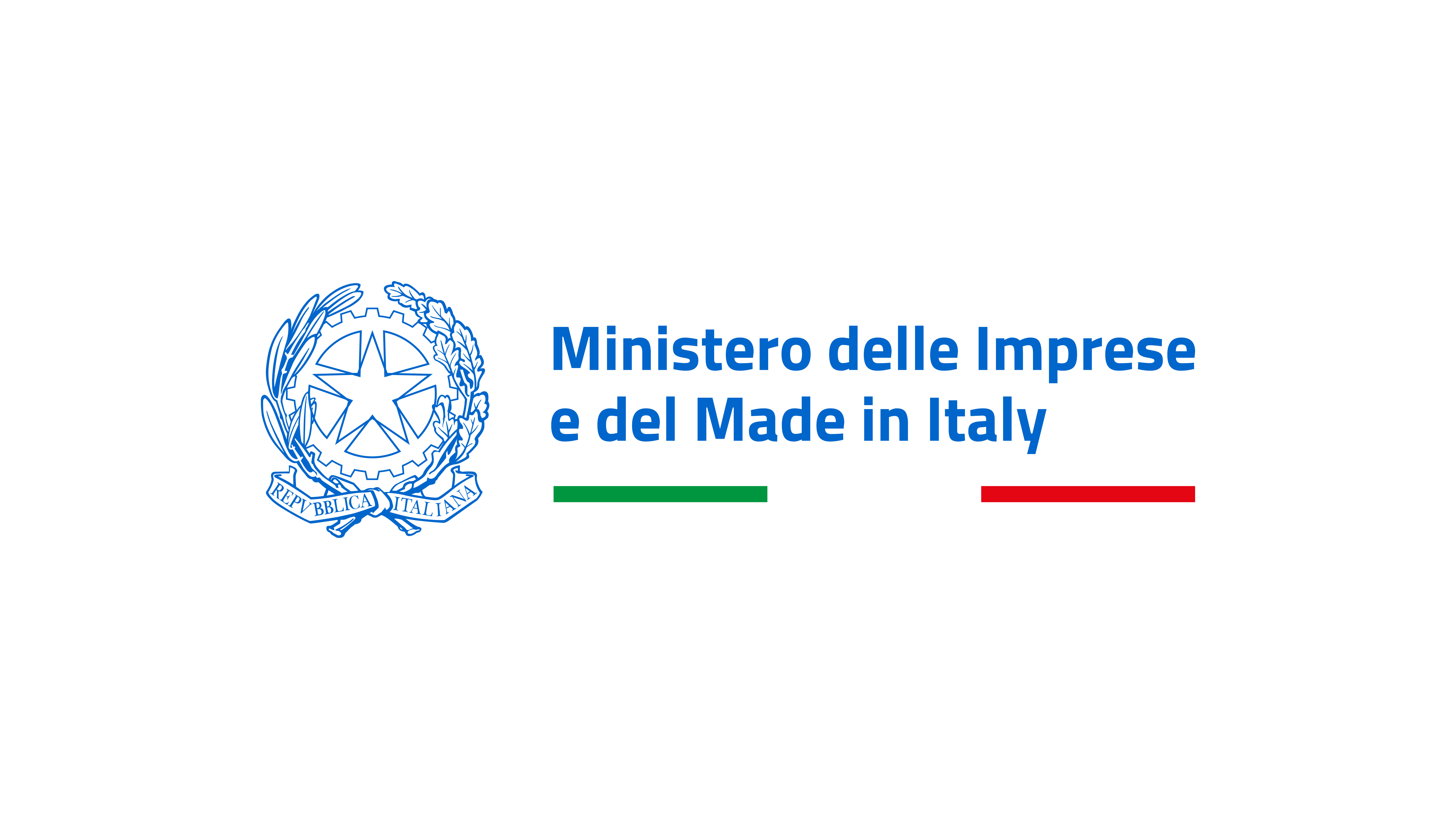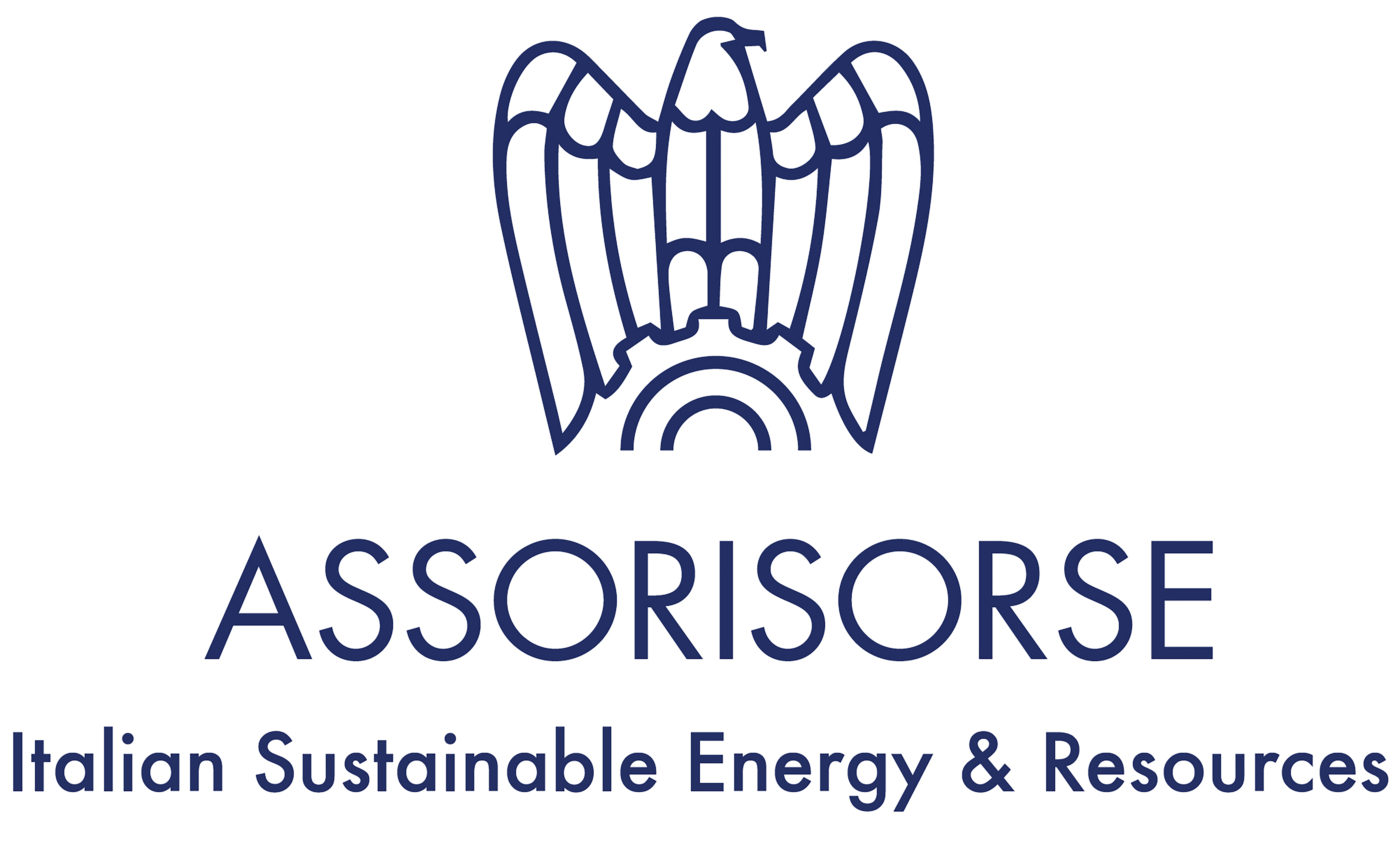LNG Shipping, are we in front of a perfect storm? How can we balance energy security to climate alignment
The IMO has set a target of reducing shipping’s carbon emissions by 40% by 2030 and by 70% by 2050 compared to 2008 levels. New regulations like EEXI and CII will stir the waters especially in the LNG carrier’s sector. Also, according to forecast models the gas demand is to grow the most of all primary fuel types, reaching almost 30% of energy demand by 2050. As a result, an increase in the need for gas transport capacity is inevitable, meaning there will be a need for more LNG carriers. However, there are two hurdles that need to be overcome for the LNG carrier fleet to develop appropriately.
Firstly, there is a limited number of yards in the LNG construction sector. Despite the addition of few new Chinese yards, the effective building capacity will not increase substantially. In fact, the deliveries forecast peaks in 2024, with 80 vessels expected that year. It is unlikely this number will be achieved though, as this is a sector which presents a historic average of approximately 30 units per year.
The second reason that will affect the fleet development is the EEXI and CII regulations. Vessels will need to demonstrate compliance by their first scheduled survey, on or after 1st January 2023. The older LNG carriers, i.e., the steam turbine and the four-stroke engine DFDE vessels are unlikely to achieve CII ratings of A, B, or C. This, practically, means that the ships rated E will have to undergo carbon-efficiency improvements immediately while the owners of the D-rated vessels will have to ensure that their ships will become more fuel efficient within the three following years. As a result, the estimations show a speed reduction of up to 10% depending on the propulsion type and power of the vessel.
One important note here is that CII assessments will become progressively stricter from 2027 until 2030. Consequently, ships which are adapted to meet CII requirements by 2024/5 may subsequently fall into categories D and E. The owners of these vessels will then be faced with the decision over whether to invest in expensive sustainability measures, sell them for conversion to floating LNG plants, or dispose of them for recycling.
Therefore, on one hand, there is limited scope to raise supply to meet the growing demand for seaborne LNG due to the scarce capacity. On the other, the majority of ships in the fleet struggle to meet CII requirements from 2025 onwards, in what could resemble to a perfect storm! LNG offers the best available energy source to replace coal and achieve carbon reduction of about 50% in the process. But if there is insufficient shipping capacity, or the price is too high, consumers will not switch from coal to gas and ultimately the global decarbonisation process will hold back. Clearly, this means that the decision on managing the application of CII to the existing LNG fleet needs to be addressed in a sensitive and substantiated manner, radical changes could have the exact opposite effect.






